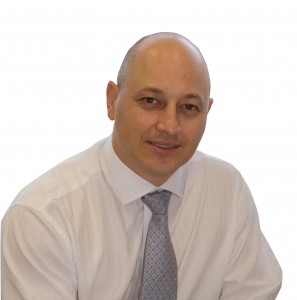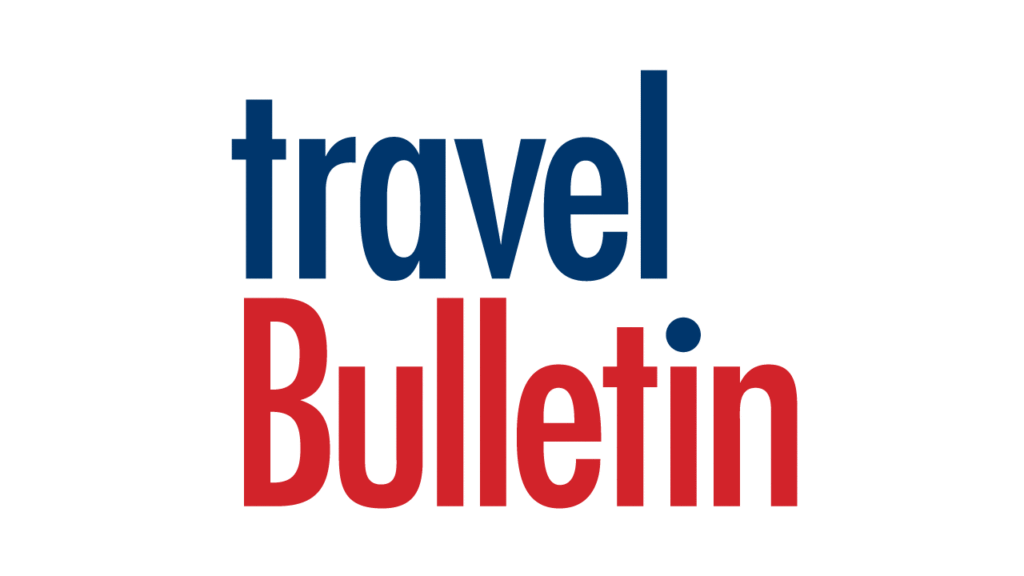 By Sean Johns
By Sean Johns
When I commence with a new client I ask them two questions that in most cases aren’t answered with any real clarity. The first is – what is your net profit as a percentage of your revenue after you take out a wage for yourself. And secondly, do you think this percentage is acceptable as a return for your investment?
Most owners can tell you their sales and yield quite accurately, but we don’t bank sales – we bank profit; the money left over after we pay suppliers and the costs of running the business. In my view, this focus and understanding needs to be the starting point when looking at the effectiveness of business models.
Travel business models need to be kept simple. Why? Because they are. I’m not suggesting that running a successful travel business is simple – because it isn’t – but the principles are. The key drivers are, quite simply, sales volume, margin, and productivity of people. Operationally, everything else can be classified as a potential distraction, so it’s worth looking at each individually to see how they can impact performance.
Sales volume can’t ever be removed from our focus as we are in a low margin game. In other words, we operate with large dollar transactions for a small return on the sales price. Therefore we have to be at a certain level of sales in order to generate the revenue we need to cover the people who deliver our services.
There is a direct link between sales volume and profitability, but the important question is – how much of an owner’s time is spent on sales and marketing activities? Often the answer I get is less than 10%, which is probably a reflection of focus and effort rather than external factors we often blame such as the economy. It is important to treat this component of the business with the priority it deserves, and increasing sales requires a clear understanding of where your market opportunities are and the correct level of resources to drive it.
Margin is the second driver, but there is a fundamental difference to be made. The focus should be on the ‘right margin’, not the highest, as some businesses – such as corporate agencies – can have a lower margin and still be very successful. If you want to lead on price, you must lead on costs. Therefore, to be successful with a lower margin, your cost base must also be very efficient which in retail is not that easy.
To improve margin or yield in our industry terms, concentrate on your staff in these key areas:
- Their own belief and perception of the value they provide. Great consultants know what they bring to the table, and they price accordingly.
- Develop or work with high margin product. This is why high yielding businesses develop niches or specialist product.
- Introduce strong processes around fees and pricing, and improving the average sale.
- Measure and set incentives around a target yield for the business.
Productivity of people is central to business success, and while it is the area you would expect to see the greatest gains with the growth in technology and product choices, this is not necessarily the case.
There are a number of possible reasons for this, however it is clear that there is a widening gap between high performing travel consultants and the rest – and this has a direct relationship on the profitability of business models. Not surprisingly, the most significant cost for businesses is staff, and if the level of revenue generated is delivered efficiently through less people, greater profit will be achieved. Owners should focus on recruiting correctly by employing people that have values aligned to the company, training in all areas that impact productivity, and above all, communicating regularly on their progress.
So, as we come to the end of the financial year, it is worth taking a moment to look at the key business drivers as you plan and budget for the coming year. Focus on these things and the bottom line will take care of itself.
Sean Johns has worked in a variety of training, sales, and management positions in retail travel. He currently holds the post as Resurg Group’s travel industry business coach and strategic advisor.






